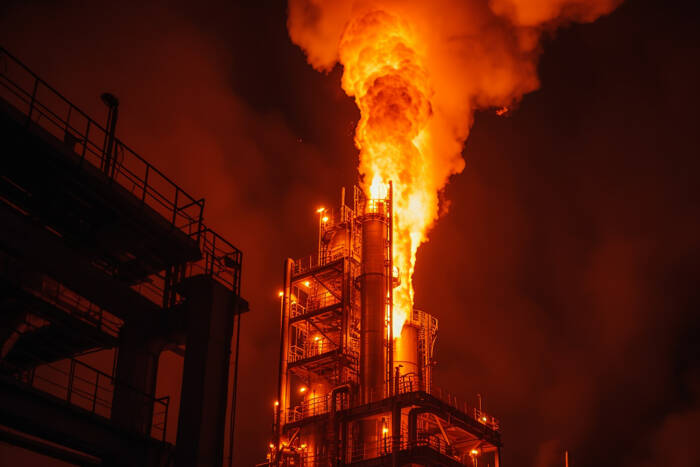Liquefied natural gas (LNG) exports continued at a record pace, with feed gas flows reaching 15.4 Bcf/day—up 3.8% week-over-week. With global gas markets still adjusting to geopolitical disruptions, U.S. LNG remains a crucial supply source, particularly as European storage levels sit at 47% capacity, below the five-year average.
The Trump administration’s recent decision to lift restrictions on new LNG export projects is another supportive factor. The move reactivates a backlog of pending approvals, potentially increasing long-term U.S. export capacity and tightening domestic supplies.
Storage Draws Outpacing Expectations
Thursday’s EIA report showed a -100 Bcf storage draw for the week ending February 7, exceeding analyst expectations of -91 Bcf. Although the draw was smaller than the five-year average of -144 Bcf, inventories are now 9.2% lower year-over-year and 2.8% below their five-year seasonal average.
With demand surging, the U.S. lower-48 gas market saw consumption hit 110.0 Bcf/day, a 14.2% year-over-year increase. Residential and commercial sectors are driving the bulk of demand, alongside a 4.8% rise in electricity output from utilities.
Production Edges Higher but Fails to Offset Demand
Dry gas production in the lower-48 states rose to 106.4 Bcf/day, a modest 0.5% year-over-year increase. However, with demand significantly outpacing supply, inventories are expected to remain tight. Additionally, Baker Hughes reported a slight uptick in U.S. natural gas drilling rigs, rising to 101, but rig counts remain far below 2022 levels, limiting production expansion.
Market Forecast: Bullish Bias Holds, but Resistance Looms
